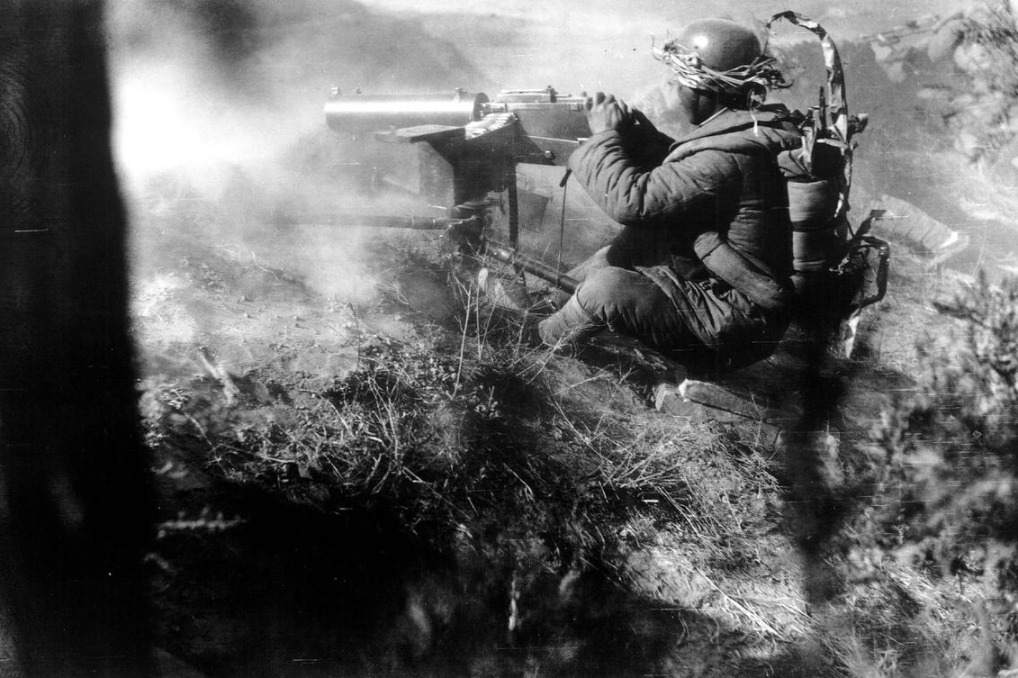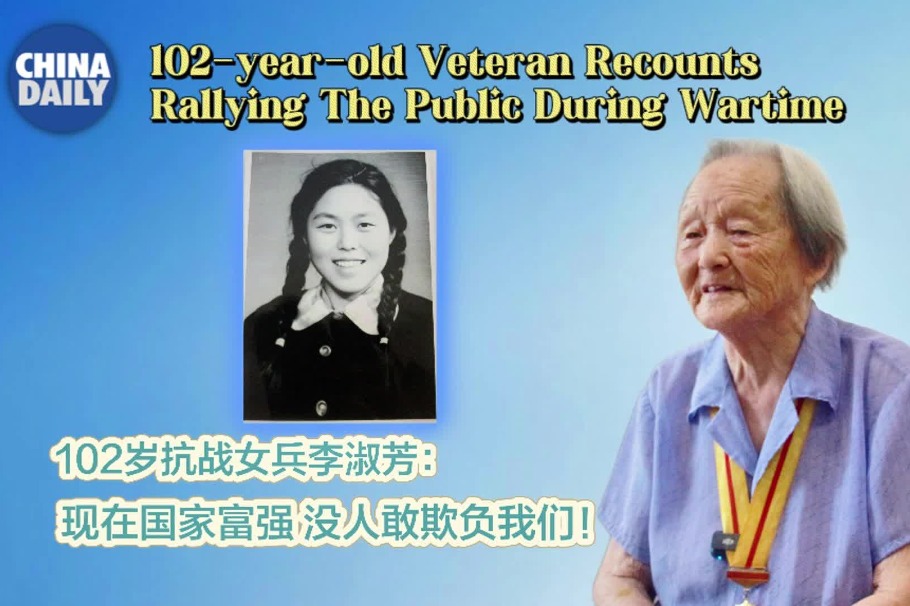'Dead to Rights' smashes box office records, raises awareness
Film set during Nanjing Massacre tells of unsung heroes' courage to reveal atrocities


Guarding the evidence
When Japanese troops captured Nanjing, 15-year-old Luo Jin was an apprentice at Huadong Photo Studio on Changjiang Road, public records show.
One day in January 1938, a Japanese officer brought two film rolls for development. As negatives emerged in the developer, Luo was shocked to see images of Japanese troops killing, raping and brutalizing Chinese civilians.
Outraged, he secretly made copies of over 30 photos, selecting 16 for an album to preserve the evidence of these crimes.
In 1941, while hiding the album during a search by Japanese troops, Luo lost the album. Wu Xuan, who was attending a same training program with Luo at the time found it, but was unaware of the owner. The Chinese character for "shame" on its cover convinced Wu the owner shared his patriotic fury.
Wu guarded it at great personal risk and surrendered it after Japan's defeat. The album ultimately became key evidence in the war crimes trial of Hisao Tani, a Class-B war criminal.
In 1995, Luo and Wu reunited at the Memorial Hall of the Victims in Nanjing Massacre by Japanese Invaders. It was their first meeting in over half a century.
"Archives are vital vessels of historical memory," said Zhou Feng, curator of the memorial hall.
"The 16 photos preserved by Luo and Wu, as key trial evidence, possess irreplaceable historical value. The Nanjing Massacre history brooks no distortion or denial," he said.
After seeing the film, Evan Kail, an American who donated an album of historic photos to China in 2022, praised the film as a "10 out of 10" cinematic achievement that confronts the Nanjing Massacre.
His donated album contains photos of China dating back to World War II, including ones that document atrocities committed by Japanese soldiers.
Kail said that "the most powerful aspect of the film is its tearing open the veil of history, allowing me, an outsider, to viscerally empathize with the unimaginable suffering endured by the Chinese nation during that catastrophe".
























